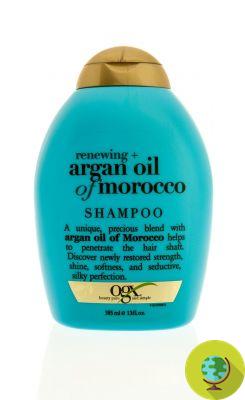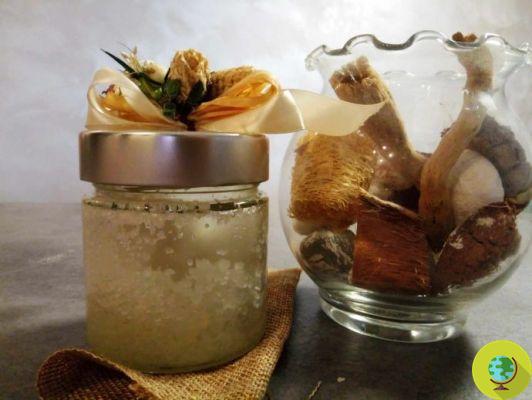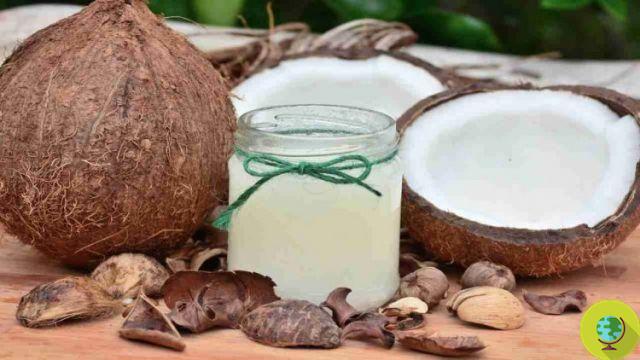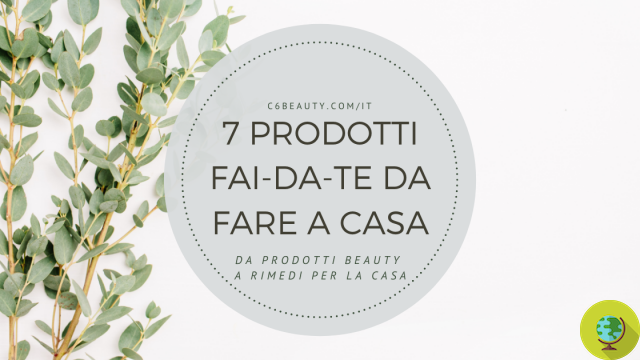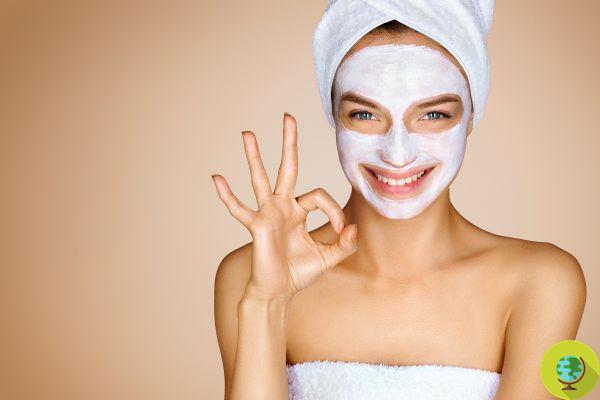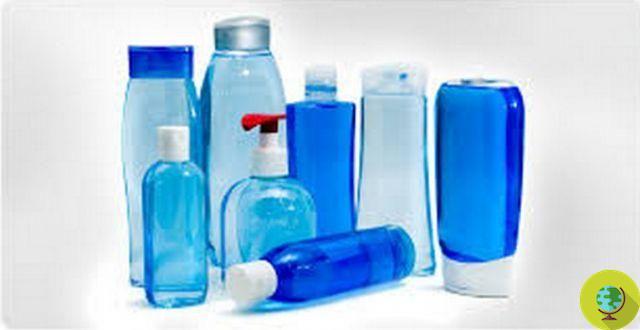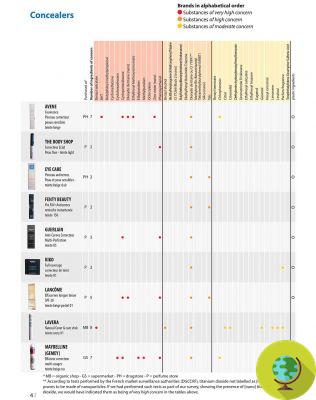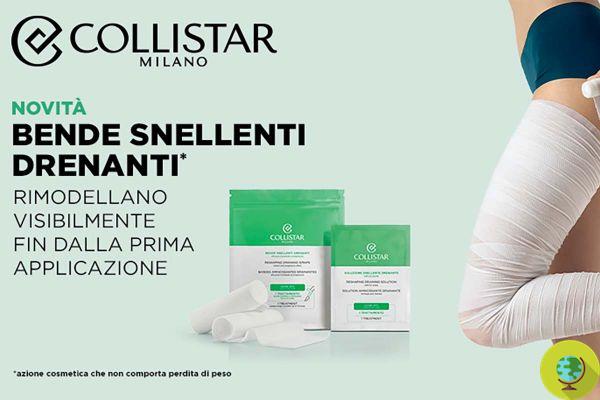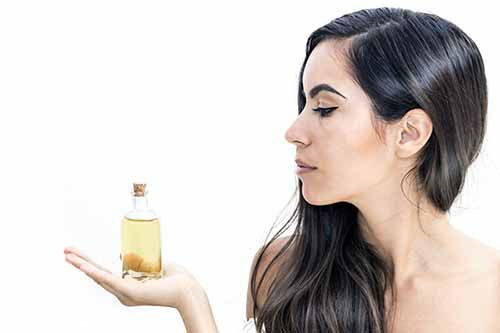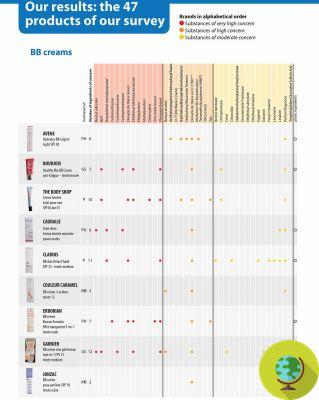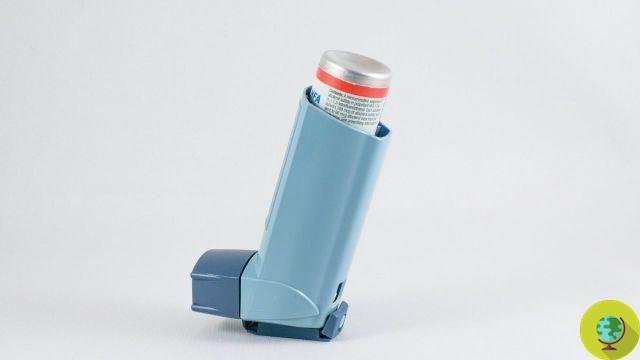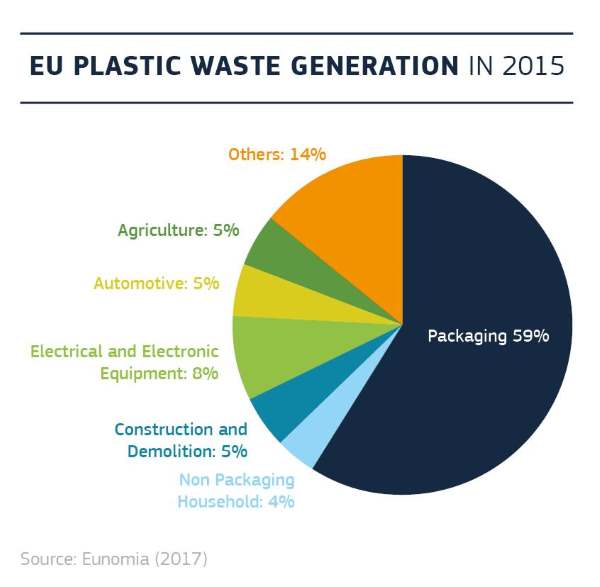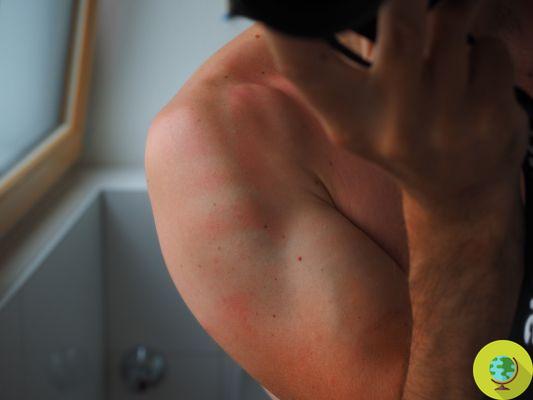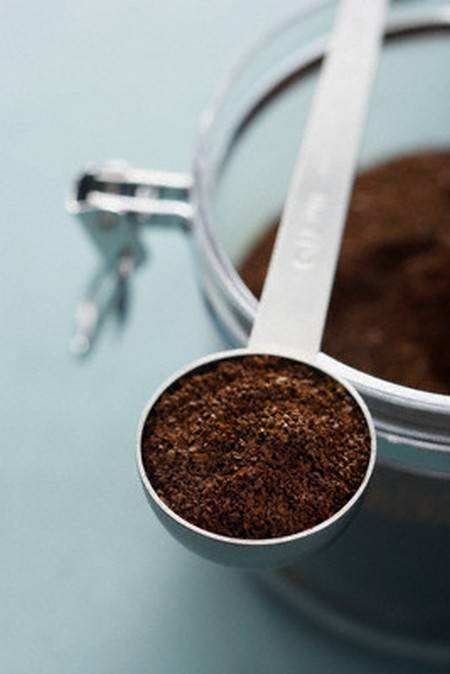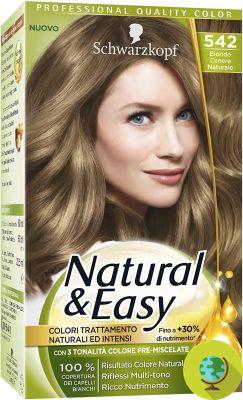Find out what solar powders are, how they are applied, what the main characteristics and the differences with the classic sun creams.
On the subject of sun creams big news has arrived, we are talking about solar powders. These are innovative products, which in addition to protecting the skin from UV rays like a normal sunscreen, hydrate the epidermis avoiding the unsightly shiny effect.
Solar powders are comfortable, practical and quick to apply and, in case of oily skin, they help to absorb excess sebum. They are well suited, for example to cover moles, scars or the scalp without leaving traces (Read also: Hair and sea: an ingenious trick to avoid burning the scalp)
Index
Solar powders: what they are
The solar powders are products designed for protect the skin from damage due to UV exposure. What sets them apart from normal sun creams is their powder texture, which is reminiscent of dry shampoos.
The great feature of solar powders is that they perform a double function; in fact, they not only act as a shield for IVB rays, but also as opacifiers. Yes, because these solar products, thanks to their mineral composition, deeply nourish the skin as they are rich in vitamins; plus, they shrink pores and make the dull skin acting against the typical lucidity of classic sun creams.
Usually the package consists of a bristle brush that helps the application, a bit like a powder. Most of the products on the market do not leave whitish streaks and are waterproof. (Read also: Solid sunscreens: the best protections for tanning with a good Inci and plastic free)
How to apply the solar powders
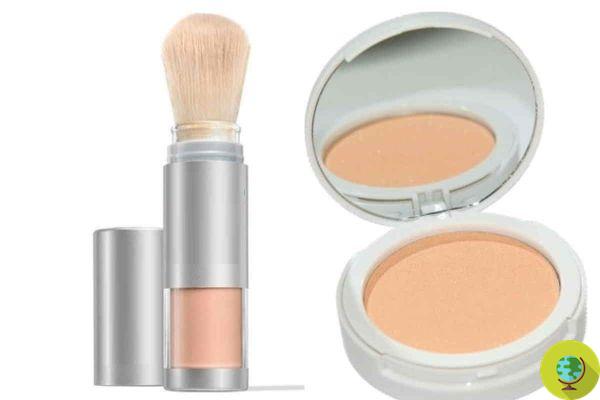
I solar powders apply all over the face and body, before exposure to the sun.
They can be applied simply with your hands, or with the help of a make-up brush, often incorporated in the package. Since these are powder products, they can be applied several times in a very simple and fast way, because unlike the cream texture that must be massaged until completely absorbed, with mineral sunscreens this step can be skipped.
Hence, theapplication is much faster and, consequently, these products can be used not only at the seaside but also in the city because they are also applied directly on make-up. (Read also: Sun creams for children: 5 creams with good inci that spread well without "gheisha effect")
Sun and sun creams in powder form: the differences
Sunscreen and sunscreen powders are similar products in function, because in both cases they protect the skin from UV rays.
Le main differences I'm:
- the dusty and mineral texture
- application much faster and without having to massage until completely absorbed
- solar powders can also be applied directly on make-up
- in addition to the protective shield from UVA and UVB rays, solar powders are enriched with vitamins and minerals, such as zinc and iron, which nourish and hydrate the skin in depth
- have a anti-shine and mattifying effect compared to sunscreen creams
- solar powders are suitable for those with oily skin, for patients with melasma and / or hyperpigmentation, blemishes that get worse when exposed to the sun without protection.
Where to find the solar powders
Solar powders are becoming very popular and can be purchased at perfumeries or online. Even for sunscreen powders, as for those in cream, we recommend that you always read the inci and prefer products without oxybenzone. (Read also: Sunscreens, dangerous chemicals stay in the blood for a long time. New FDA study)
- Follow us on Telegram | Instagram | Facebook | TikTok | Youtube
On sun creams could it be interesting for you:
- Sun cream: what is the right dose to apply? Let's clarify the SPF protection factor
- Sun creams: Giulia De Lellis, but what are you saying? Protection 50 is not the same as 30 or 20!
- Sun creams: what is your child's phototype and what is the risk of a vitamin D deficiency? The opinion of the pediatrician
- Sun creams: the petition to reduce VAT launched by Martina, who suffers from vitiligo
- Sun creams: they do not protect the marine ecosystem as they promise. Among the worst of the French Nivea test
- Does being in the sun with sunscreen really block vitamin D?
- Solid sun creams: the best protections for tanning with a good Inci and plastic free




